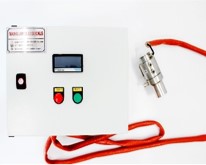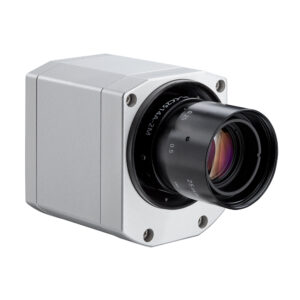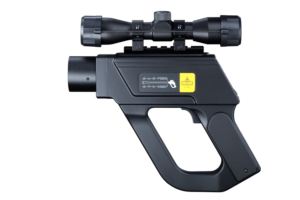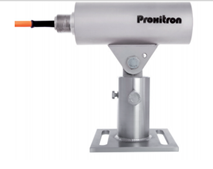Tapping temperature in Cast Iron Foundry. Reduction in power consumption as overheating is prevented due to frequent temp readings. High accuracy as result within +/-50C compared to thermocouple dip type. Plug and play system, commissioned with one heat. Reduction in consumable costs by 70%
Molten tapping temperature measurement in cast iron foundry
Pilger mill in tube rolling mills - hot and cold pipe detection
Tapping temperature at Cast iron foundry
- Reduction in power consumption as overheating is prevented due to frequent temp readings
- High accuracy as result within +/-50C compared to thermocouple dip type
- Plug and play system, commissioned with one heat
- Reduction in consumable costs by 70%
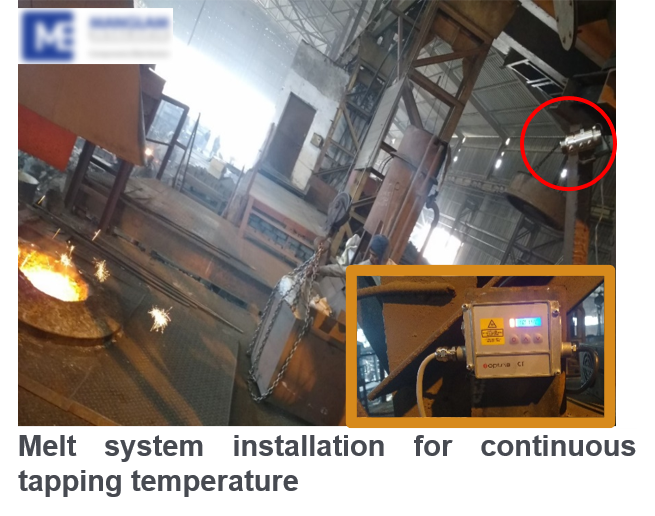
Challenges
- Reduce power consumption due to overheating
- Reduce casting rejection rate caused by infrequent interval temperature measurement
- Reduce consumable cost
- Increase personnel safety as hazardous area to look actual process during melting.
Solution
- Special spectral range for molten metal.
- Temperature range from 1000-20000C.
- Dual laser for easy finding of spot area / alignment
- Installation Ease: Distance 4 – 8 meters away from furnace | 50 – 90 ° mounting angle

Products and Accessories
Other Solutions for Molten Metal
- Quick installation: Plug and play
- Trigger button: operator to initiate new measurement
- Cable Protection: from high temperature and molten splash
- Dual colour change LCD Display
- Cooling system for 175⁰C ambient
Case Study Number
- TP3
Challenge
- The increasing flexibility of production lines requires a high adaptability of sensors. Continually changing object geometries, different temperatures and very high radiation or surrounding temperatures are no rarity.
- In a pilger mill those rough conditions can be found, among others in the production of seemless steel pipes. The raw steel blocks, each weighing a few tons are heated up first in a round oven at a temperature of 1300 °C.
- After descaling of the surface, the steel block is prepunched in a hole press with a strength from a converted 2000 t. In the next sloping rolling mill the growing pipe rotates between two rollers that are positioned at an angle to each other. The punching is widened to the size of the mandrel diameter.
Previous solution / Competitor product
- N/A
Solution
- The sensor that was installed at this application is the HMD OKA 2038.38 G with tube OL 19.
- The signal of the infrared sensors controls the movement of centering device and abutment. The point of view is restricted by the tube and prevents disturbances by steam in the cooling phase.
- An optimum adaptation to the operating conditions is given due to the adjustable response temperature. The HMD with self-learning response temperature (Auto-Teach function) is suited to continually changing conditions.
- The compact sensor with a stainless steel housing can withstand surrounding temperatures of up to 75° C. The use of a cooling jacket raises this up to 200° C.
- Alternatively sensors with fibre optic cables are available which permit an application at ambient temperatures up to 600° C without cooling.
Customer Benefits
- Maintenance-free
- High temperature stability
- Recognition of hot objects at big distances
- Self adjustment with Auto-Teach or step switch for the response temperature
Product Part number
- OKA 2038.38 G
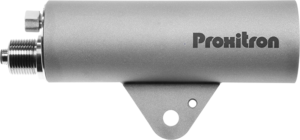
Brand
- Proxitron
Accessories
- Piros swivel stand HM2
- Tube OL 19
- Pilot light unit (for alignment) DAK 308 + OL 26
- Different cable lengths (e.g. 15 m)
Customer Testimonial
compared to previous solution or competition
Case Studies
Other Solutions in Casting and Forging
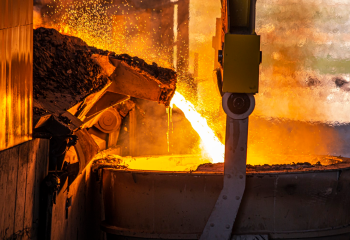
Sample case study title lorem ipsum here
Short description of the problem solved, maybe include the client name.
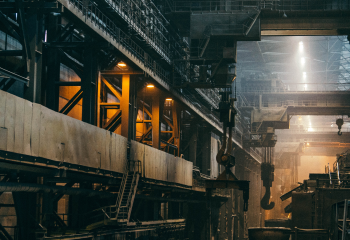
Sample case study title lorem ipsum here
Short description of the problem solved, maybe include the client name.
READ MORE

Sample case study title lorem ipsum here
Short description of the problem solved, maybe include the client name.
READ MORE

